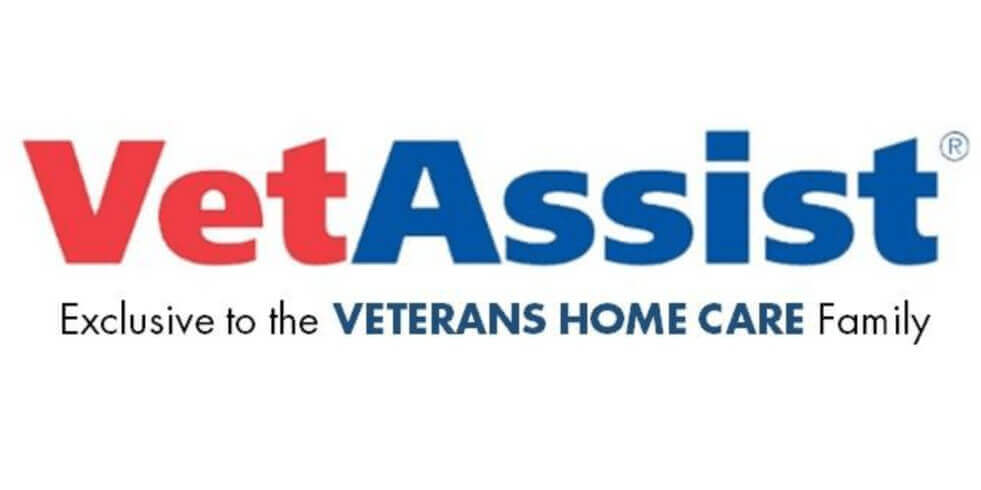On September 18, 2018, The Department of Veterans Affairs, (VA) announced new rules applicable to VA needs-based benefit programs. These rules will impact the little-known, needs-based pension program often called, “Aid & Attendance.” The changes go into effect October 18, 2018.
Why the Changes?
The VA reports in the Federal Register that the new changes will mean more consistent decisions on pension claims. VA decisions regarding an applicant’s net worth have been criticized as inconsistent and sometimes unfair. The rules prior to October 18, 2018 left VA employees to make many judgment calls affecting whether an applicant would qualify. The changes enact some clear-cut guidelines for VA employees to follow for more consistent results. The VA further explains that it wants to ensure the integrity of the Pension with Aid and Attendance as a needs-based benefit program applying only to those veterans and dependents who are in fact, in need. According to the VA, Congress did not intend for claimants who have sufficient assets for self-support to use the pension program as an estate planning tool, under which they may preserve or gift assets to their heirs and shift responsibility for their support to the government at the expense of taxpayers.Sweeping VA Changes Should Help More Veterans in Need
While the VA has made several important changes to its needs-based programs including the VA Pension with Aid and Attendance, most noteworthy are net worth eligibility changes. These changes will open the door for more veterans and surviving spouses in need:-
Maximum Net Worth Limit of $123,600
- There is a new net worth limit of $123,600 which will not fluctuate with age or life expectancy.
- This amount may change each year with a Cost of Living Adjustment (COLA).
- The Pension’s new net worth limit of $123,600 matches the current maximum Community Spouse Resource Allowance (CSRA) set by Congress for Medicaid.
- The VA defines net worth as annual income and assets.
-
Three-Year Look-Back Period
- Beginning October 18, 2018, the VA will look back 36 months from the date of application for any asset transfers to evaluate net worth.
- The VA will consider and may penalize the applicant for any assets transferred for less than market value during the “look-back.”
- Penalties will be no more than five years.
-
New Rules for Financial Instruments Such As Annuities
- Beginning October 18, 2018, financial instruments and such as annuities and some trusts will be viewed differently. The purchase of any financial product (such as an annuity or trust) that reduces net worth and would not be in the claimant’s best interest other than to qualify for the pension, may be considered an asset transfer of less than fair market value.
- Overall, irrevocable trusts can’t be used to reduce assets as they have in the past. If there is no value received for an asset transferred, it counts unless it was more than three years ago.
- Not all trusts and annuities will be considered a transfer for less than market value. Transfers to annuities or trusts in which the claimant maintains control and can liquidate for a fair market value are not subject to a penalty period. However, the VA will likely count these funds as net worth.
- Trusts for special needs children are an exception. Money held in a trust for a special needs child will not be counted as a claimant’s assets for VA purposes.














